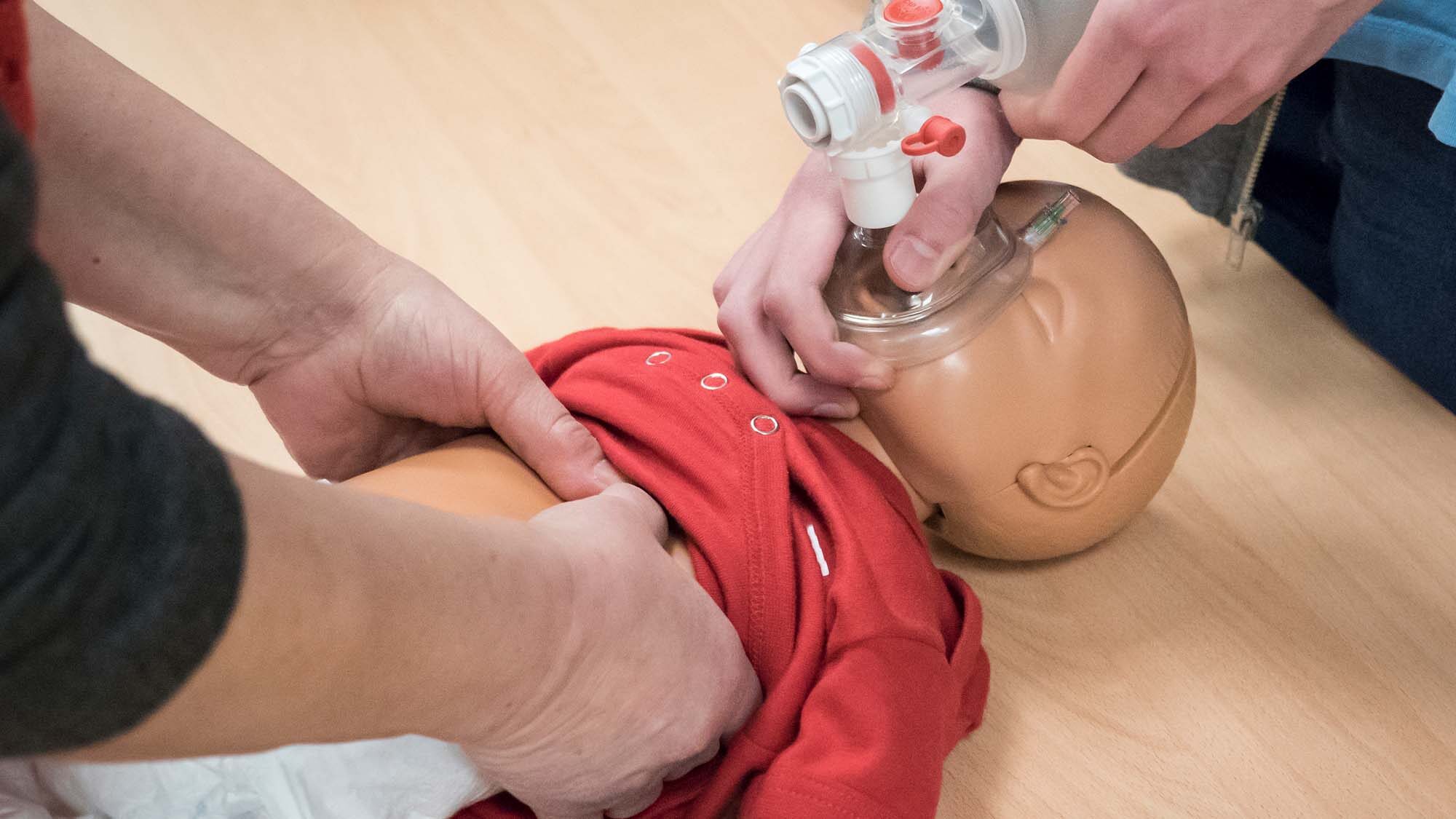Phlebotomy is, in layman’s terms, bloodletting. Translated from Greek it means ‘to cut a vein’. A phlebotomist, therefore, is someone trained in bloodletting, or (more likely) taking blood samples.
Phlebotomy has been in practice in some form or another for almost 2,000 years, although before medical science advanced to show cause to draw blood, bloodletting was thought as a cure-all for various ailments simply by removing blood from the body.
Primitive cures involved cutting veins and/or using leeches. Doctors would prescribe bloodletting, but barbers did the actual work. This is why a traditional barber pole has the red and white stripes, to represent the blood and bandages involved with bloodletting.
Modern phlebotomy recognizes that bloodletting is not a cure-all, although sometimes it is still used, for instance with hemochromatosis (Iron overload). Today’s phlebotomist draws small amounts of blood for tests and diagnosis.
The path to become a phlebotomist is relatively short. After meeting the pre-requisite education requirements which are generally a high school diploma or GED, you can enroll in a training program. These programs can often be completed in less than a year, which make them appealing for people eager to enter the health care industry.
After completing the course you can get certified as a phlebotomist which can increase your hiring and earning potential. The requirements for certification vary by organization, but generally involve hours worked and an exam. In some states you must also be licensed to practice as a phlebotomist.
As with many health care careers, the demand for phlebotomists is on the rise, and it’s a great career choice without a lot of waiting.










